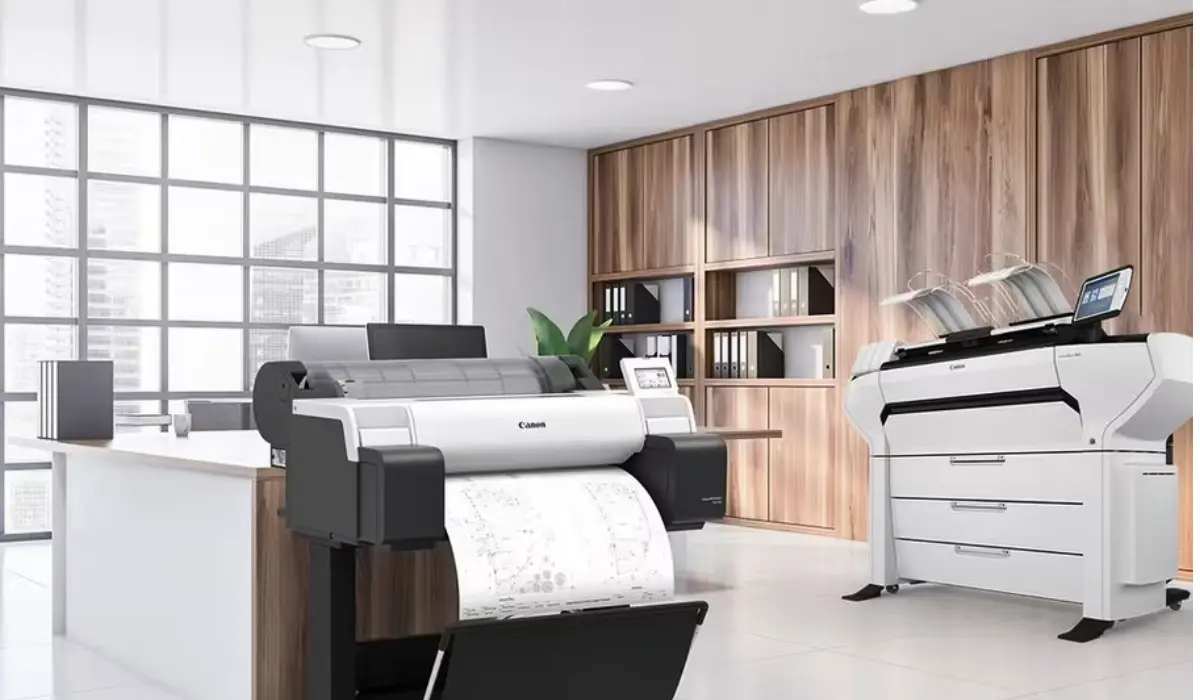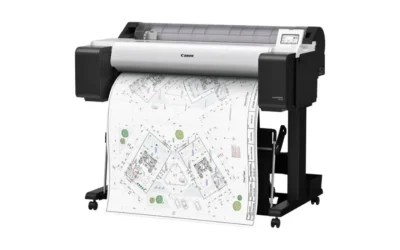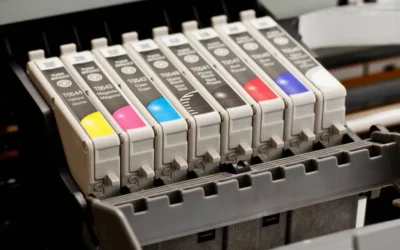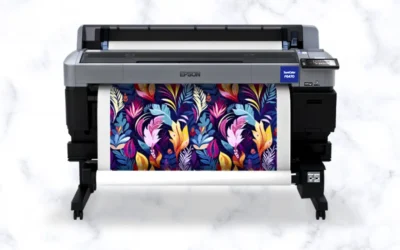What Should I Look For When Buying A Large Format Printer For Commercial Use?
Selecting the appropriate large format printer for commercial use is one of the important investment decisions for every business within the signage, design, photography, and advertising markets. The printer you choose will directly affect your print quality, overall production capabilities, and your profitability. Knowing what you specifically need for your operation before purchasing an open-market printer and understanding how different printers meet these requirements is crucial.
A commercial large format printer is intended to produce high-quality prints at large sizes onto high-quality substrates. You will be able to produce high-quality paper prints, banners, posters, and paper or canvas for professional art reproduction. Understanding the operational attributes, operating costs, and technology of commercial large format printers will enable you to make the best decision to support your business.
Understanding Your Printing Requirements
The first step in selecting a large format printer is to clearly identify what your business needs. Will you be printing posters, engineering drawings, or fine art reproductions? Different kinds of large format printers are designed with different applications or end-users in mind. Graphics and photography studios are primarily concerned with very high color accuracy; however, sign companies are more concerned with durability and resistance to the outdoor elements. Your typical daily print volume, maximum print size, and media type – will help you narrow your choices considerably.
Print Quality and Resolution
When it comes to any commercial printer, print quality is one of the most important things to consider. Any good, commercial-use large format printer should provide you with sharp, vibrant, and consistent print quality. Resolution, measured in dots per inch (DPI), is what indicates how detailed the prints will look.
The higher the DPI number, the smoother the gradient and the richer the color will look, which is essential for professional visuals. However, print quality relies not only on DPI, but also on ink technology and the printhead. Printers using pigment-based inks provide for longer print life that is UV light and moisture resistant, which can be important if your signage is exposed to outdoor conditions.
Printing Speed and Productivity
In business, time means money. As printing speed affects how soon you can deliver jobs or projects to meet your customers’ deadlines. New large-format models are being produced to provide faster printing solutions as an alternative to longer quality prints; these printers can print different styles, or modes, of printing tailored for different jobs or specific print needs. Draft settings might be faster for lower-quality prints for internal use instead of final production work.
When you are reviewing multiple printer models, assess the manufacturer’s specifications for color and monochrome speeds as they often vary by model. As time is often required, you may also want to see if the printers have automatic cutting functions or printing systems with dual or high-volume ink settings that reduce time wasted or skill level required to manually operate the printers.
Media Compatibility and Flexibility
Flexibility is key when looking for a printer that offers multiple media types for printing. Many businesses will need to print on vinyl, fabric, canvas, or glossy photo paper to customize for clients to enhance their branding. If your business can print on multiple media with different thicknesses and roll sizes, you’ll expand your business, too.
If you will be printing on rigid substrates, then you’d want to review printer manufacturers that offer roll-to-roll and flatbed configurations. You’d also want to consider printer models that are compatible to use third-party media so you’re not restricted to marketing-specific materials.
Ink Type and Color Management
Ink systems differ among printer makes and models, with dye-based inks and pigment-based inks of importance depending upon your business. Dye inks will produce colorful images perfect for indoor displays, while the pigment-based inks will create durable signage for outdoor use. Some printers utilize multiple color ink sets with as many as 8 to 12 cartridges to expand the tonal range and color accuracy.
Also, make sure you have reliable color management software and an ICC profile, as this will help maintain consistency on various print functions and media. When evaluating a large format printer for commercial use, look for color calibration tools, and if brand consistency is important for your clients, look for Pantone color matching as well.
Cost Efficiency and Maintenance
Beyond the purchase price is the total cost of ownership, which means considering the amount of ink usage, frequency of maintenance, and spare parts availability. Some printers are more energy efficient than others, and can also minimize ink waste by reducing droplet ink consumption.
Printers with automatic switching, cleaning cycles, and self-diagnostics function will minimize clogging and prevent downtime. Always be sure to check if the manufacturer provides economical maintenance contracts or extended warranties. Select a printer precisely, based on operational cost, to give clients maximum profit.
Connectivity and Software Integration
Today’s large format printers offer smart connectivity options such as Wi-Fi, Ethernet, and USB. Essentially, network connectivity allows several users to send print jobs at the same time, which can help increase workflows. If you add direct-to-cloud and mobile access, your remote access and monitoring of print production can improve greatly, which can be such an advantage in a busy production setting.
You want your printer to simply integrate with your design software and RIP (Raster Image Processor) to control color, layout, and print scheduling. Some software offers added features such as display functions, nesting features, warning alerts, and more to boost productivity and reduce wastage of materials.
Environmental Impact and Energy Efficiency
Sustainability is becoming a relevant consideration for many businesses. Investing in eco-friendly printers that employ either water-based or low-VOC inks can contribute to a lesser negative impact on the environment. Many printer manufacturers design printers with energy-efficient modes and recyclable ink cartridges.
The benefit of acquiring a large format printer that is ENERGY STAR certified supports the green initiatives, as well as the reduced costs associated with lower power consumption. As clients communicate an expectation for businesses to be environmentally conscious, sustainability can have a competitive advantage.
Brand Reputation and After-Sales Support
A dependable after-sales service is equally important as the printer itself. Well-known brands such as Canon and Epson tend to have solid technical support, easy access to consumables, and regular firmware updates. Before making a purchase, review what users are saying, check the service near you, and review warranty options.
Also consider the training or onboarding support the supplier can provide, as that will allow for a more rapid learning curve, and can help ensure you are taking full advantage of your investment. A respected supplier who understands commercial needs will give you unique insight into the best models for your workflow.
Key Takeaways Before Buying
- Identify your printing purpose and expected volume.
- Evaluate print quality, resolution, and ink type.
- Check compatibility with different media and file formats.
- Assess operating costs and maintenance requirements.
- Choose reliable brands that offer strong local support.
By carefully assessing these factors, you’ll make an informed decision that ensures high-quality results, cost-effectiveness, and long-term productivity.
Conclusion
Making the right decision when investing in a large format printer for commercial use can drastically improve your business’s output, quality, and profitability. When selecting a printer, it is essential to select a combination of speed, accuracy, adaptability, and quality to achieve your printing goals, regardless of whether you own an advertising company, design studio, or printing press. You can choose a printer that correctly matches your production and media needs, which will ensure consistent quality and satisfied customers.
A large format printer for commercial use is clearly much more than a machine. It is a tool that makes your quality of output a determinant of your brand and is a key factor in the operating success of any one specific location. Be certain to make a choice that makes sense for you and your needs so that the printer lasts through cycles, from rezzing out to new ones, to growing your business today and in the future.



